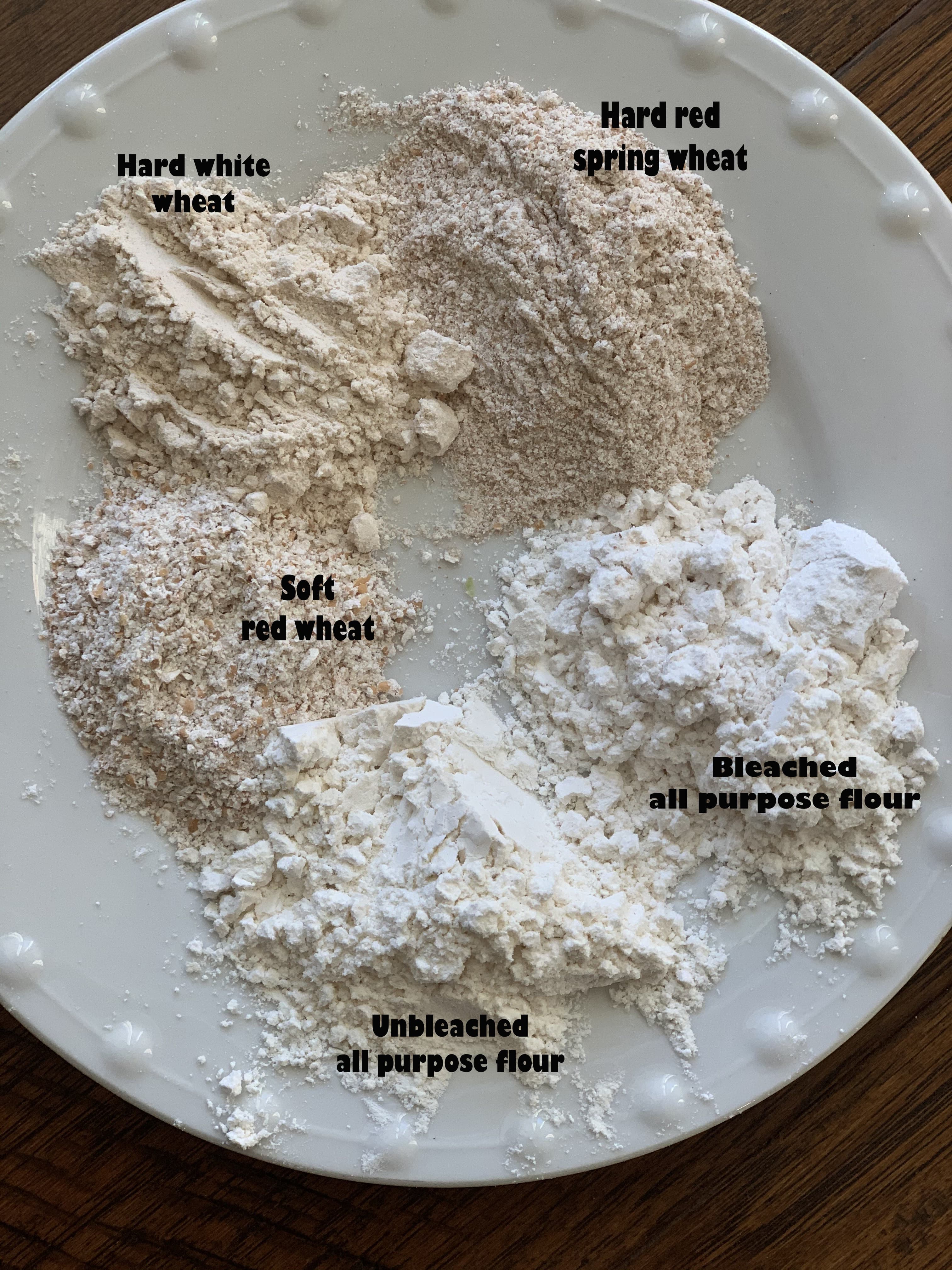https://github.com/yellows8/firm_payload_bootstrapI'll just stop explaining and accept that you don't understand what I'm saying, which could be related to some of the understandings being incorrect, and that you want what a9lh currently does with sighax - which noone has public work on.
And an utopic idea of a FIRM, which requires a shit ton of REing.
Which will likely not give you better boot times and all it does is keep your backup FIRM intact.
SigHax does not properly sign anything.
And I do know how A9LH works. However you can't apply A9LH principles straight onto SigHax because you are going from a completely different state of the systems and the exploits itself are fairly dfferent.
there you go, somebody did it. according to yls8 not a lot of initialization is needed, if any at all
Last edited by Wolfvak,











